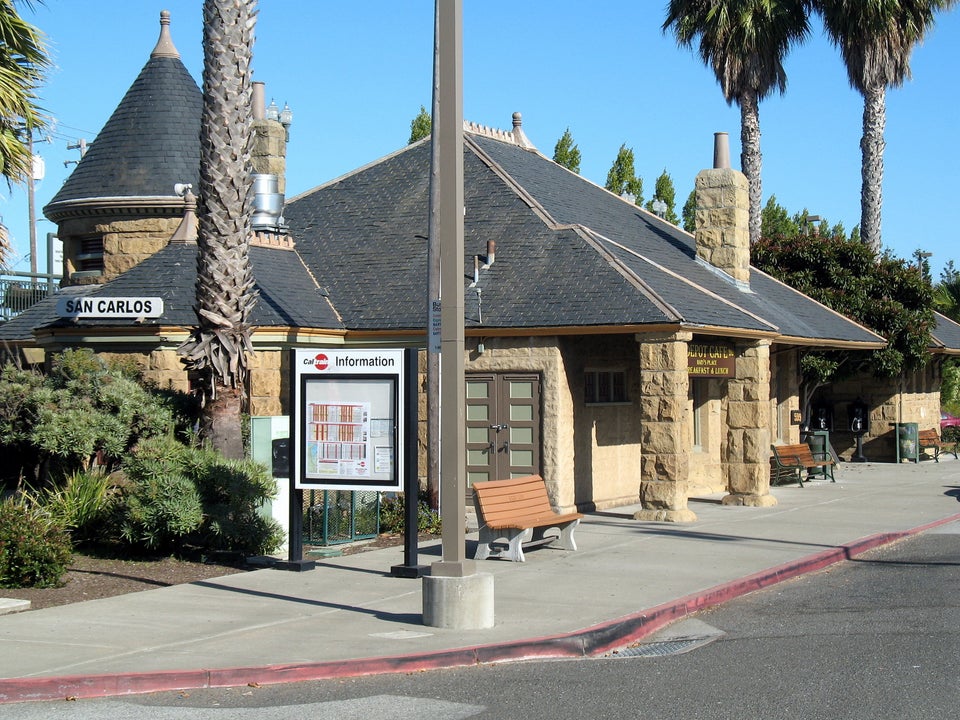From some angles, it looks like the housing recovery has brought an urban resurgence: for instance, the most urban counties are growing faster now than during the housing bubble, and many dense cities are having a boom in apartment construction. However, the most recent data show that asking prices in urban neighborhoods are rising only slightly faster than in the suburbs, and the suburbs actually have higher population growth.
The Trulia Price Monitor and the Trulia Rent Monitor are the earliest leading indicators of how asking prices and rents are trending nationally and locally. They adjust for the changing mix of listed homes and therefore show what's really happening to asking prices and rents. Because asking prices lead sales prices by approximately two or more months, the Monitors reveal trends before other price indexes do. With that, here's the scoop on where prices and rents are headed (see note #1 below).
Asking Prices Continue to Rise as Spring House Hunting Season Begins
Despite declining investor purchases and more inventory coming onto the market, asking home prices continued to rise at the start of the spring housing season. Month-over-month, asking prices rose 1.2% nationally in March 2014, seasonally adjusted. Quarter-over-quarter, asking prices rose 2.9% in March 2014, seasonally adjusted, reflecting three straight months of solid month-over-month gains.
Year-over-year, asking prices are up 10% nationally and up in 97 of the 100 largest metros. Albany, NY, Hartford, CT, and New Haven, CT, are the only three large metros where prices fell year-over-year, albeit slightly.
The Trulia Price Monitor and the leading sales-price indexes report price changes for the nation and for many large metro areas (For asking home price changes in 100 largest metros, click here: Excel or PDF). However, metros include both cities and their suburbs, and urban and suburban areas often have very different housing markets. The construction boom in single-family homes during the housing bubble was centered in the suburbs, and the subsequent bust was particularly painful in many of those same suburban areas. Many have wondered whether the housing bust has sparked a new preference for urban living in dense, walkable neighborhoods over sprawling, car-dependent suburbs.
To compare how urban and suburban neighborhoods have fared in the housing recovery, we look at two measures: (1) price gains, based on the change in median price per square foot among all non-foreclosure homes for sale on Trulia, and (2) household growth, based on the U.S. Postal Service's count of addresses receiving mail in each ZIP code. Both measures are year-over-year, comparing March 2013 with March 2014. We classify urban and suburban neighborhoods based on the kind of housing they have - urban neighborhoods are those where a majority of housing units are condos, apartments, and townhouses, while suburbs are those where a majority of housing units are detached, single-family homes - which we think is more meaningful than using big-city political boundaries (see note #2 below). Therefore, by "cities" we mean dense, urban neighborhoods. We also define "high-rise" neighborhoods as urban neighborhoods where a majority of housing units are in buildings with 50 or more units.
- In high-rise neighborhoods, home prices rose 11.4% year-over-year, faster than urban neighborhoods overall and faster than suburban neighborhoods. These hyper-urban neighborhoods - which include much of Manhattan, Chicago's Loop, and downtown Boston and downtown San Francisco - are highly visible but, in fact, make up a very small share of urban neighborhoods. Most urban neighborhoods look more like Brooklyn than Manhattan, or more like San Francisco's Inner Richmond than the Financial District.
- The construction recovery has been disproportionately urban. In 2013, apartment building construction hit a 15-year high, even though single-family home construction is still considerably below normal levels. That means many dense cities where much of the housing stock is comprised of rental apartments, including New York, Boston, and San Francisco, have been having a construction boom relative to their local normal level of construction.
- Population growth in urban areas has rebounded in recent years after falling during the housing boom. Census population estimates show that the most urban counties - which we define as those in the top quartile by household density (that is, most households per square mile of land area; see note #3 below) - grew by 0.8% between 2012 and 2013, after growing less than 0.2% in the boom years of 2003-2006. Still, this top quartile of highest-density counties - which includes all five New York City boroughs, San Francisco, the District of Columbia, Los Angeles, and others - grew more slowly than the second-most dense quartile of counties, which includes suburban counties of large metros as well as the main counties of smaller, lower-density metros, such as Rockland County, NY, and Contra Costa and Riverside counties in California (see chart).
Rent Up 3.9% Year-over-Year
For methodology on this report, visit the original post on Trulia's Trends blog.
